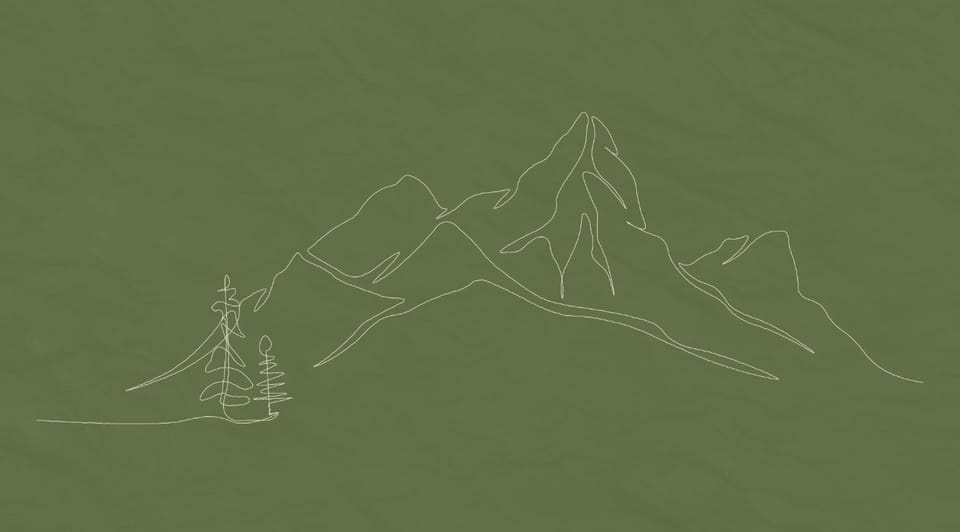Bringing my book cover to life with AR
My initial design for my book cover was created with consideration for visually appealing elements and meaning that would make it stand out on a shelf. Looking back, though, I can see that with AR, that could have been taken to a complete other level by making something interactive and immersive.
How AR Could Have Changed the Project
By incorporating AR into the book cover, it would have let readers get a feel of the story in a more dynamic way even before opening the book. For example, it could be that scanning the cover with a smartphone would trigger an animation or a short video related to the narrative. In this way, it would make the design not only visually appealing but also a storytelling tool.
AR could also provide interactive elements-like revealing hidden layers of the design. For example, a static design might come alive into moving illustrations, or characters from the book could "step out" from the cover, creating a sense of curiosity and excitement.
What Would Be Different About the Outcome?
Inclusion of AR would have made the book cover more interactive and memorable. Instead of just admiring the artwork, viewers would be interacting with it, actively making a connection with the themes and story of the book. It could also serve as a marketing tool-sharing AR features on social media could intrigue potential readers and generate buzz.
Adding the wow factor: it would incorporate a surprise for every reader by being able to disclose a concealed world that a mere static print will be able to augment perception of a book. Thus, differentiating a book in such an intense market segment.
How this Reflection Influences My Future Projects
Thinking about how AR could enhance design has gotten me more excited to explore interactive media in future projects. It really challenges me to think of how static designs can become dynamic experiences that engage audiences on multiple levels.
In the future, I would like to experiment with creating AR elements using tools such as Adobe Aero or Unity. In this way, I hope to be able to push the boundaries of my creativity and adapt to a world where technology increasingly intersects with art and design.
This reflection has taught me that the integration of emerging technologies like AR is not to make something "cool" but to reimagine how people interact with design and storytelling.
